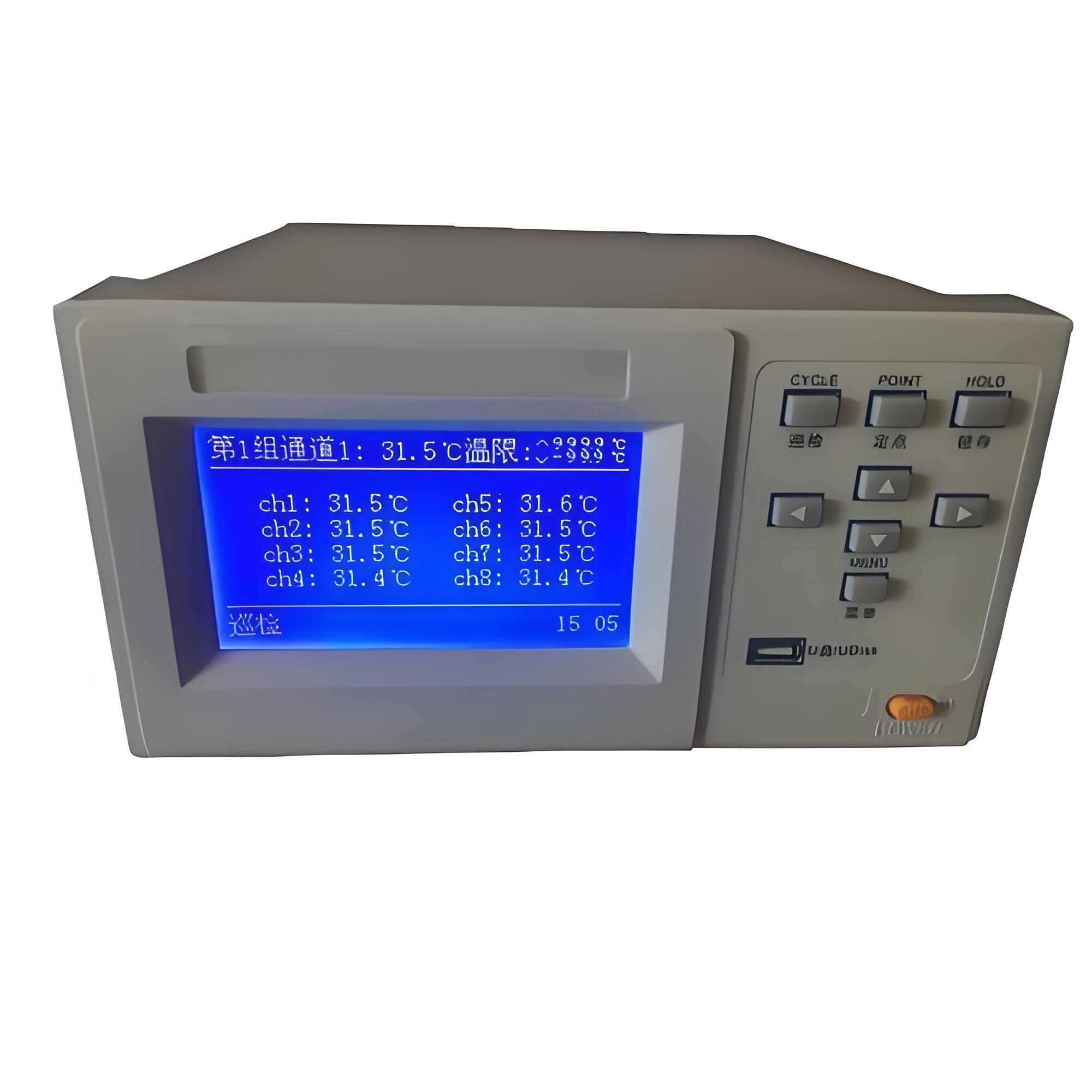What Are You Looking For?
What Are You Looking For?
In the realm of industrial electrical equipment, understanding the temperature variations is crucial for ensuring optimal performance, reliability, and safety. The Temperature Recorder emerges as an indispensable tool that provides detailed and continuous temperature data, enabling manufacturers and operators to make informed decisions. This article will take you through a comprehensive exploration of the Temperature Recorder, highlighting its key features, parameters, and the significant benefits it offers.
Item No. :
HJ-IEPTE-024Minimum Order Quantity (MOQ) :
1 setPayment Method :
L/C,T/T,PayPalPrice :
NegotiatableProduct Origin :
TurkiyeSupply Ability :
1 sets per 2 monthLead Time :
60 Working DaysConventional packaging :
PlywoodThe Temperature Recorder is a sophisticated device designed to precisely measure and record the temperature changes of industrial electrical equipment over an extended period. It acts as a vigilant observer, constantly monitoring the thermal behavior of the equipment and storing the data for further analysis. By doing so, it helps in identifying potential issues related to overheating, thermal cycling, or abnormal temperature fluctuations, which could otherwise lead to equipment failures, reduced efficiency, or safety hazards.
|
Testing Parameter |
Description |
Importance |
|
Temperature Measurement Range |
The recorder can typically measure temperatures within a wide range, from extremely low temperatures (e.g., -50°C) to high temperatures (e.g., +200°C or even higher depending on the model). This broad range allows it to be used in various industrial environments where electrical equipment operates under different thermal conditions. For example, in a refrigeration unit, it can monitor the low temperatures, while in a high-power transformer, it can handle the elevated temperatures. |
Ensures that the recorder is suitable for a diverse range of applications, providing accurate temperature measurements regardless of the equipment's operating temperature. |
|
Temperature Accuracy |
It offers high-precision temperature measurement with an accuracy typically within ±[X]°C (where X is a small value depending on the device's specification). This level of accuracy is essential for detecting even the slightest temperature changes that could indicate potential problems. For instance, a small deviation in the temperature of a critical electronic component could signify an impending failure. |
Enables reliable detection of temperature anomalies, facilitating early intervention and preventing equipment malfunctions. |
|
Sampling Rate |
The sampling rate can be adjusted according to the specific requirements. It can range from slow sampling intervals (e.g., once every few minutes) for applications where gradual temperature changes are expected, to high sampling rates (e.g., several times per second) for monitoring rapid thermal events or critical processes. This flexibility allows users to capture the temperature dynamics precisely as needed. |
Allows for customization of data collection to match the characteristics of the equipment and the nature of the temperature changes, ensuring comprehensive temperature monitoring. |
|
Data Storage Capacity |
The recorder is equipped with a substantial data storage capacity, capable of storing temperature data for extended periods. It can range from storing several days' worth of data in basic models to months or even years' worth in more advanced ones. This large storage capacity ensures that no valuable temperature information is lost, enabling long-term trend analysis. |
Facilitates retrospective analysis of temperature patterns over time, helping in identifying seasonal or long-term trends that could impact equipment performance. |
|
Connectivity Options |
It offers various connectivity options such as USB, Ethernet, or wireless connectivity (e.g., Wi-Fi or Bluetooth). These options enable easy data transfer to a computer or other devices for further analysis and reporting. Wireless connectivity, in particular, provides the convenience of remote monitoring, allowing users to access the temperature data from a distance. |
Enhances the usability of the recorder by providing seamless data transfer and enabling remote access, which is especially beneficial in large industrial facilities or when monitoring equipment in hard-to-reach locations. |
The Temperature Recorder is designed for easy installation and operation. It can be mounted directly onto the electrical equipment using appropriate fixtures or placed in close proximity to the area of interest. The setup process involves configuring the measurement range, sampling rate, and other parameters through a user-friendly interface. Once installed and configured, the recorder starts collecting temperature data automatically. It operates continuously, ensuring that no temperature changes are missed. The recorded data can be retrieved at any time through the chosen connectivity option and analyzed using dedicated software or spreadsheet applications.
Enhanced Equipment Reliability: By continuously monitoring the temperature, potential issues can be detected early, allowing for preventive maintenance. This significantly reduces the risk of unexpected equipment failures, increasing the overall reliability and lifespan of the industrial electrical equipment.
Improved Energy Efficiency: Understanding the temperature patterns helps in optimizing the operation of the equipment. For example, identifying areas of excessive heat generation can lead to measures to improve cooling or insulation, thereby reducing energy consumption and improving efficiency.
Compliance with Safety Standards: The Temperature Recorder enables manufacturers and operators to ensure that the equipment operates within the safe temperature limits specified by industry standards. This helps in avoiding safety hazards and potential legal issues related to non-compliance.
Data-Driven Decision Making: The detailed temperature data collected by the recorder provides valuable insights for process improvement and equipment design optimization. Engineers can use this data to make informed decisions about material selection, thermal management strategies, and equipment upgrades.

In conclusion, the Temperature Recorder is an essential tool for anyone involved in the manufacturing, operation, or maintenance of industrial electrical equipment. Its advanced features and parameters make it a reliable and valuable asset in ensuring the smooth and safe operation of the equipment. Invest in a Temperature Recorder today and unlock the power of temperature monitoring to enhance your industrial processes and protect your valuable assets.
Hot Tags :